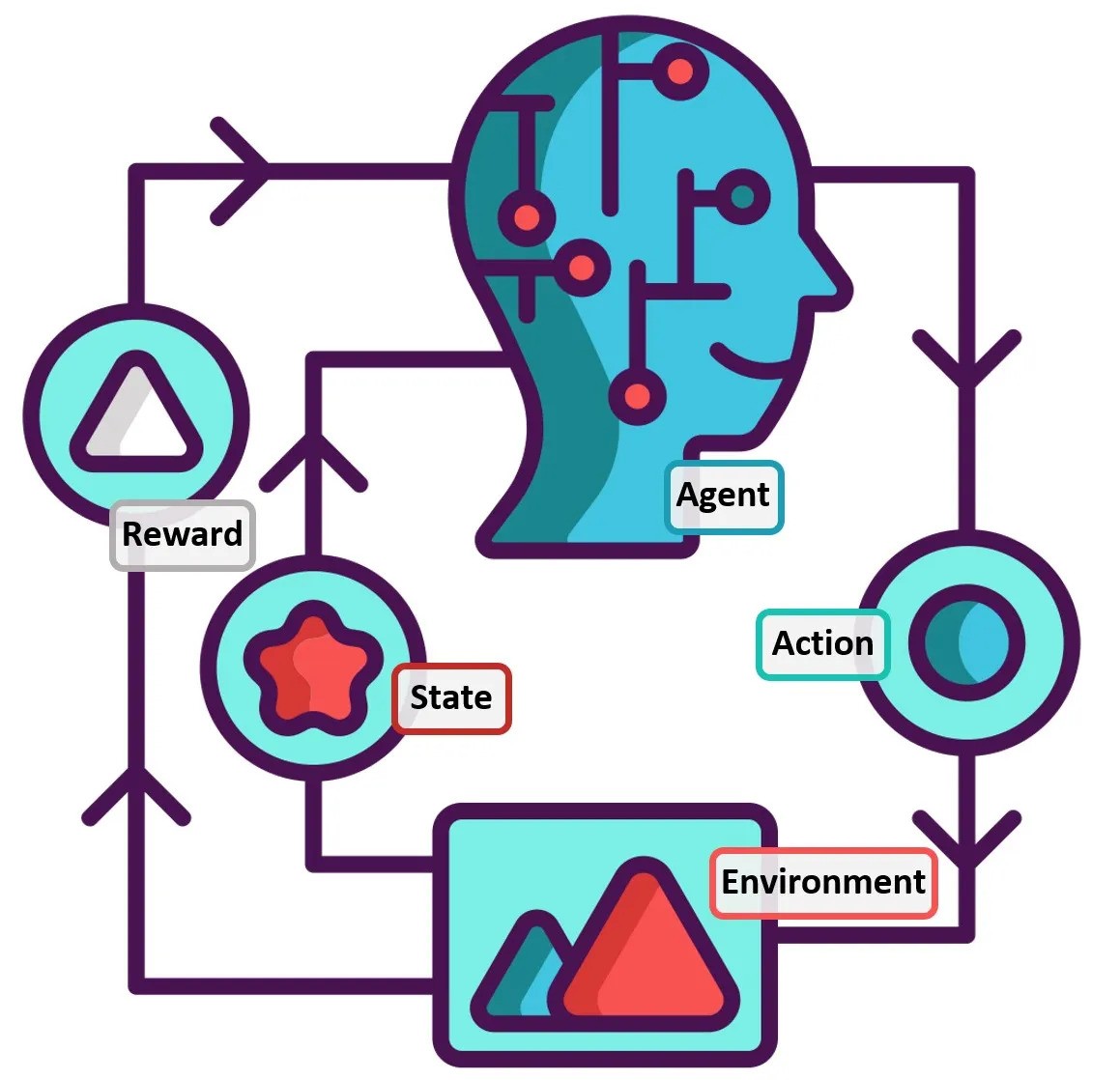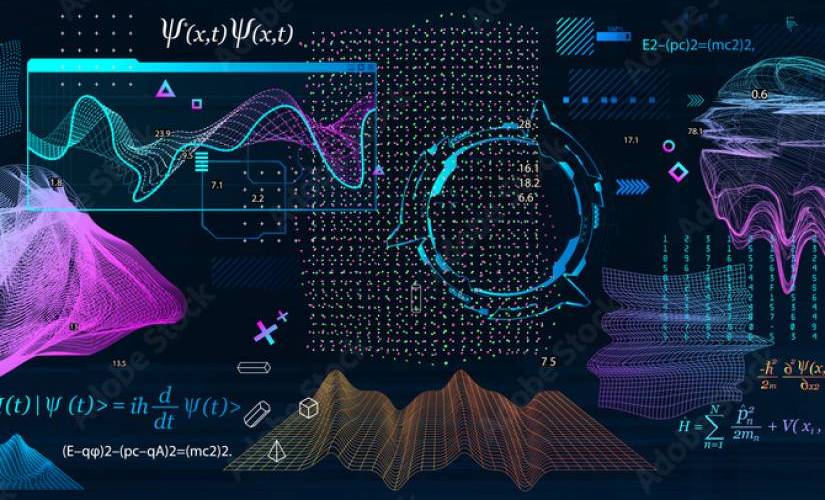Faculty of Science and Technology, Middlesex University
Artificial Intelligence Research Group
Our Research Areas
Our research group is at the forefront of research in a variety of areas of machine learning, including generative machine learning, medical imaging, NLP/large language models, quantum machine learning, deep learning, foundation of machine learning, ensemble machine learning, and computer vision.
We are passionate about developing new machine learning algorithms and applications that can make a real difference in the world. Our research is driven by the following vision:
- To create a future where machine learning is used to solve some of the world's most challenging problems and improve the lives of everyone.
- We believe that machine learning has the potential to revolutionize many industries and aspects of our lives. For example, machine learning could be used to develop new medical treatments, create more realistic and engaging video games, and even generate new forms of art and literature.
- We are committed to working with our collaborators and the broader machine learning community to develop new and innovative machine learning solutions. We invite you to learn more about our research areas and contact us if you are interested in collaborating with us.
- We believe that machine learning is a powerful tool that can be used to make the world a better place. We are excited to be at the forefront of this field and to contribute to its development.
We are looking for the Prospective PhD students with self-funding in the areas below! Please contact the relevant academic!!
Generative Machine Learning
Medical Imaging

Medical imaging is a field of medicine that uses a variety of techniques, such as X-rays, MRI, and ultrasound, to create images of the inside of the body. Medical imaging can be used to diagnose diseases, monitor treatment, and guide surgery. Our research group is focused on developing new and innovative machine learning algorithms for medical imaging, led by Prof. Xiaohong Gao and Prof David Windridge. We are particularly interested in using deep learning to improve the accuracy and efficiency of medical diagnosis and treatment. One of our key areas of research is visual attribution (VA), which is the process of identifying the specific image features that are most relevant to a particular diagnosis. This is an important challenge in medical imaging, as it can be difficult to interpret the results of complex machine learning algorithms.
Prof. Windridge has developed a novel approach to VA called VA2LT, which uses adversarial learning to generate counterfactual normal images from abnormal images. This allows us to identify the specific image features that have been modified to produce the abnormal image, which can then be used to improve the accuracy and interpretability of our machine learning models. Prof. Xiaohong Gao and her team are also working on developing new deep learning algorithms for the detection and segmentation of diseases in medical images. This is a challenging task, as it requires the ability to accurately identify small and subtle abnormalities. They are using a variety of techniques to address this challenge, including transfer learning, weakly-supervised learning, and adversarial learning. Our research has the potential to improve the accuracy and efficiency of medical diagnosis and treatment. We are committed to working with our collaborators and the broader machine learning community to develop new and innovative machine learning solutions for medical imaging.
NLP/Large Language Models

Natural language processing (NLP) is a field of computer science that deals with the interaction between computers and human (natural) languages. NLP is used in a variety of applications, such as machine translation, text summarization, and question answering. Large language models (LLMs) are a type of NLP model that has been trained on a massive amount of text data. LLMs can be used to generate text, translate languages, and answer questions in a comprehensive and informative way. LLMs have the potential to revolutionize the way we interact with computers. For example, LLMs could be used to create new and more natural interfaces for interacting with software, and to develop new AI-powered tools for tasks such as writing, translation, and coding.
Prof David Windridge's research on the application of large language models (LLMs) in the legal domain is focused on developing domain-specific LLMs that can be used for tasks such as legal term classification, named entity recognition, and document summarization. One of the main challenges in using LLMs in the legal domain is the complex terminology and limited availability of reliable, domain-specific data. Prof Windridge' research has the potential to revolutionize the way that legal professionals access and process information. By making it easier to extract key information from legal documents and to identify relevant case law, LLMs can help legal professionals to make better decisions and to provide better service to their clients. In addition to his research on LLMs in the legal domain, Prof Windridge has also received funding for using GPUs to train LLMs from scratch on all the life sciences literature data. This research has the potential to lead to the development of LLMs that can be used to extract insights from large and complex datasets, such as the biomedical literature.
Foundation Machine Learning
Congnitive Modelling

We are interested in understanding intelligence by studying and learning from biological intelligent systems. In particular, we are using the cognitive modelling approach, where theories of learning and behaviour are tested in computer simulations. We are experts in cognitive architectures, such as Soar and ACT-R, and actively participate in the international cognitive science and cognitive modelling community.
We are also interested in the fundamental nature of connectionist systems and biological neural functioning. We experiment with large neural networks based on models of biological neurons and cell assemblies. Some of the problems we are working on include symbol grounding, variable binding and symbolic processing in connectionist systems.
Prof David Windridge has developed frameworks for Perception-Action (P-A) learning as a mechanism for overcoming redundancy in modelling agent-based learning applied to Autonomous Vehicles, Robotics and Human Cognitive Modelling in various Industrial UK & EU projects. On the XAI (explainable AI) front he works on HITL (Human in the Loop) solutions for responsible AI decision making e.g. in Law and Medicine.
Quantum Machine Learning

Quantum machine learning is a field of machine learning that uses the principles of quantum mechanics to develop new algorithms. Quantum machine learning algorithms have the potential to be much faster and more powerful than traditional machine learning algorithms.
Quantum machine learning is still in its early stages of development, but it has the potential to revolutionize many fields, such as drug discovery, materials science, and finance.
Ensemble Machine Learning
Ensemble machine learning is a type of machine learning that combines multiple machine learning models to improve performance. Ensemble models are often more accurate and robust than individual models.
Ensemble learning is a powerful technique for improving the performance of machine learning models. In the future, ensemble learning could be used to develop new AI-powered applications that can achieve state-of-the-art results on a variety of tasks.
Computer Vision

Computer vision is a field of computer science that deals with the development of algorithms that can understand visual data, such as images and videos. Computer vision is used in a variety of applications, such as facial recognition, object detection, and self-driving cars. Computer vision is another rapidly developing field of machine learning. In the future, computer vision could be used to develop new AI-powered applications that can interact with the world in new and exciting ways.
At the forefront of this transformative journey are two visionaries: Prof. Xiaohong Gao and Prof David Windridge. Prof. Gao's expertise resides in healthcare, where she leverages the power of machine learning and computer vision to reshape healthcare practices, enhancing diagnostics and patient care. On the other hand, Prof. Windridge's pioneering research spans multiple domains of computer vision, with applications ranging from Biometrics to Sports and Healthcare. Their innovative machine learning algorithms promise to redefine the boundaries of what's possible in the world of technology. Explore their groundbreaking work, delve into the latest advancements, and join us in this remarkable exploration of the future of computer vision.